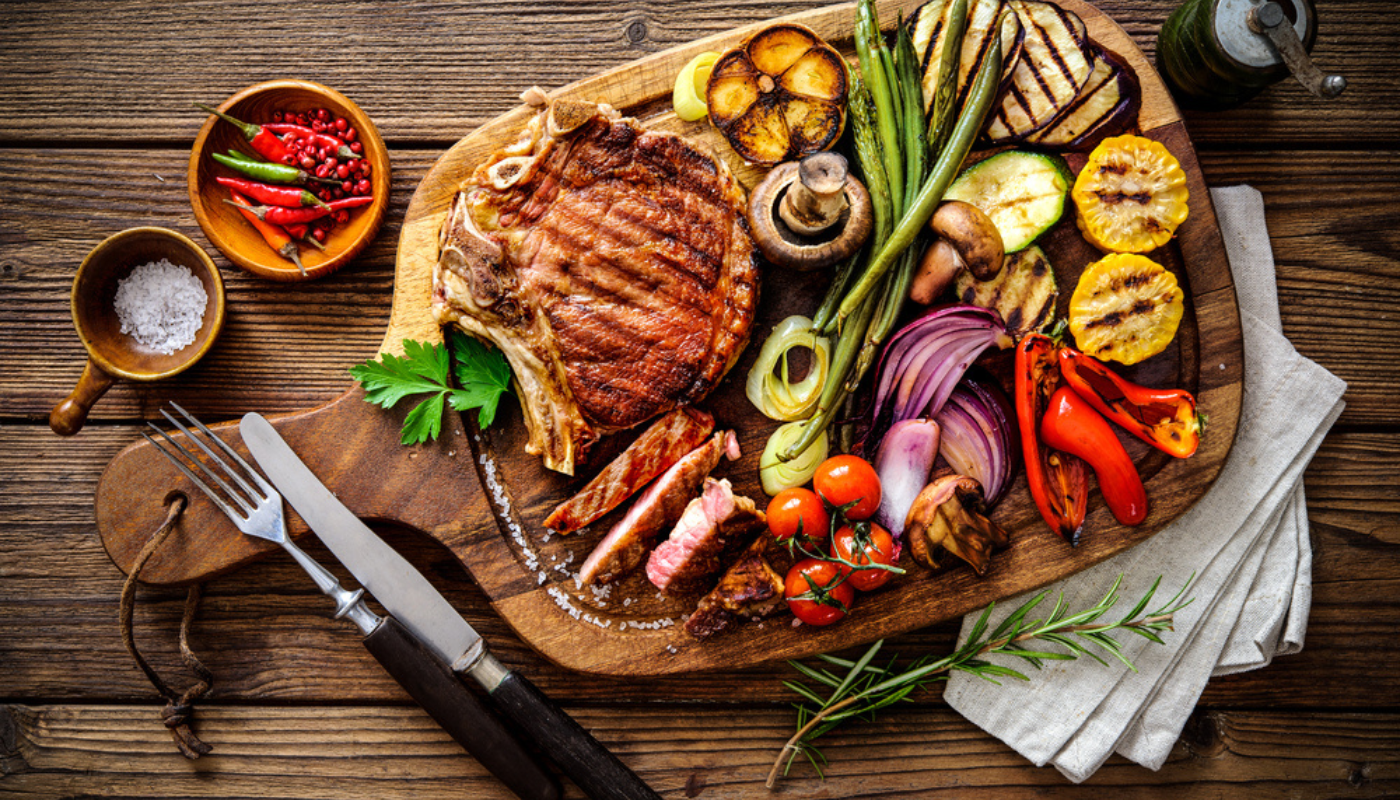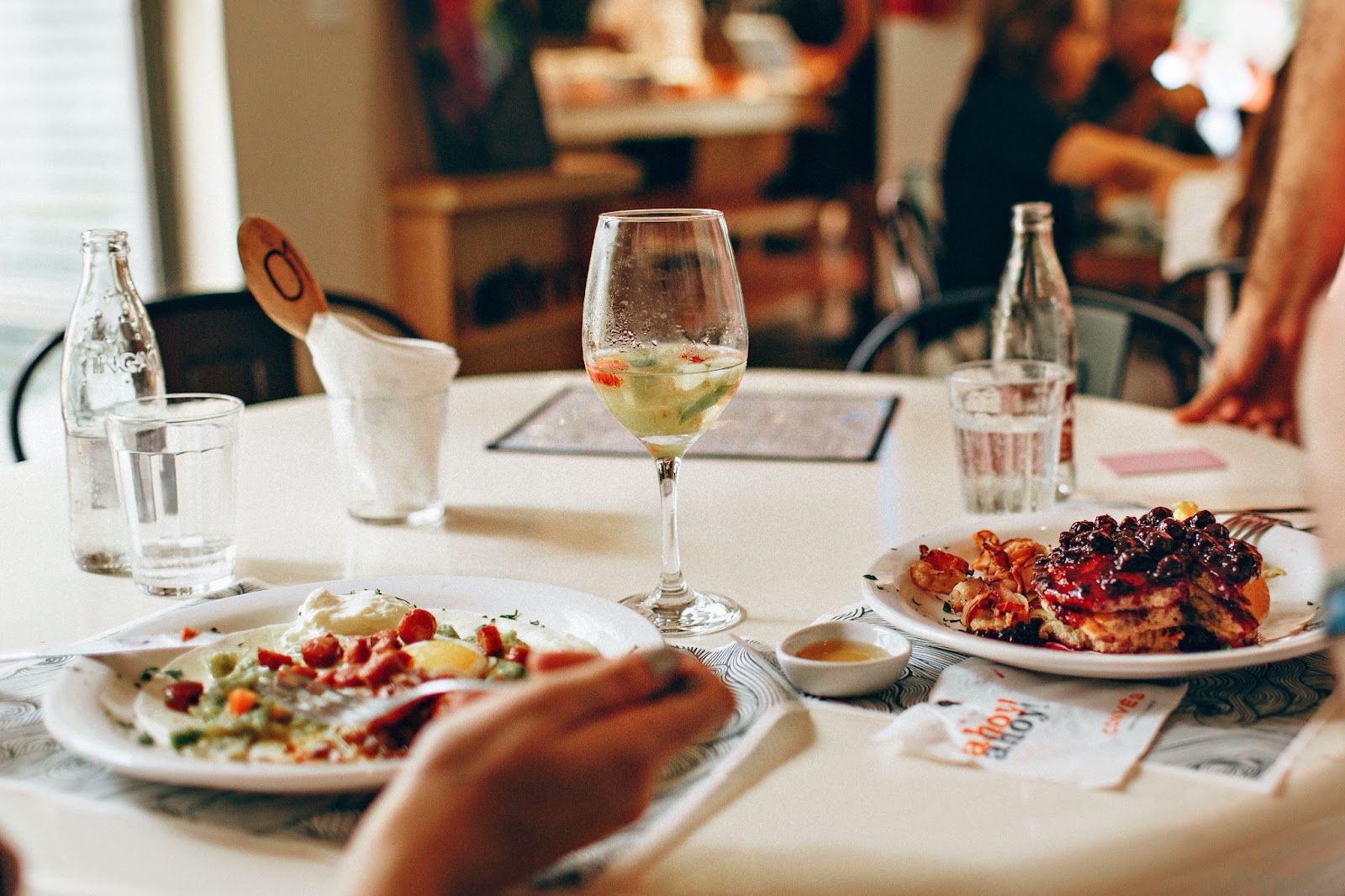How to Track Calories When Eating Out - A Guide
Introduction
When trying to eat healthier, everything is going easy and according to plan until you suddenly have to eat out and are no longer in control of your meal. While you may think you can probably track your calories when you eat out or simply ignore them, it is easier said than done.
Keeping track of your meals when dining out is important because restaurant meals tend to have more calories than the ones you are preparing at home, which can throw a wrench in your plans if you eat out regularly.
But, when you are not preparing the meal, it can be very difficult to keep track of the ingredients; hence, tracking calories in such a case can be tricky and stressful. That being said, there are ways that the process can be made easier, and those tricks are exactly what we will be sharing with you today.
Here are ten easy ways to track your calories, even when you eat out.
1. Plan Ahead
As with anything, planning can be a lifesaver and save you a lot of stress. Many restaurants have their menus online and will often mention the ingredients in their dishes. Some places even mention the calories in their meals now, and most fast food chains have the nutritional info for all their items available online, which includes calories, allergens, etc.
If you plan on going out and have a few eateries in mind, it is a good idea to research their menus before picking one. Doing so will allow you to know which restaurants have healthier meal options that suit you, and you will be less worried about the food you are eating once you are there.
2. Utilize Calorie Tracking Tools
Calorie calculation is often inaccurate, so using an app or calorie tracking tool is the smarter way to go. If you are already counting calories, you likely already have a tool you trust, so you can simply use that to figure out how many calories your meal will have.
You can both put the dish’s name in it and get an estimate of how many calories you will be consuming, or you can enter each ingredient and get a rough idea. You can do this before you go to the restaurant, too, as it will simplify things and allow you to be smarter with your pick.
3. Understand Portion Sizes
Portion sizes tend to vary across the globe and in different cuisine. A single serving in one country might be much smaller than another.
If a restaurant does not mention the number of cups, portions, or servings, you can try to estimate the serving size. For example, one cup of pasta, vegetables, or fruits is about the same size as a woman’s fist. Half a cup of rice is almost proportionate to a small handful.
Meats and proteins can be difficult to estimate, but a portion of lean meat or protein is about the size of a woman's palm and is about 200 calories.
These are very arbitrary and difficult to judge, but having even a rough idea can be useful if you want to eat healthily.
4. Make Informed Choices
As discussed earlier, it is best to plan ahead, but even if you haven’t gone through the menu because it was a spontaneous plan, you should take your time and understand the menu to pick the best options for you.
Menus will often mark which food items have more protein, which ones are sugar-free, which ones are allergen-free, etc. Try to pick options that feature more vegetables and proteins rather than ones that are carb or fat-heavy. It’s okay to have pizza once in a while, but if you are eating out regularly, maybe pick options like grilled fish or a vegetable dish.
5. Request Modifications
Although it may seem a bit awkward to ask your server to modify your meals, it’s perfectly acceptable, and they are often prepared to do so. People will often ask for modifications to their dishes due to allergens or dietary restrictions, and the servers will tell you clearly what you can change to make the dish healthier.
For example, if there is a dish with garlic bread on the side, you can ask the server if it could be swapped for a side of veggies. Some restaurants might offer vegan pasta as a replacement, so keep your eyes peeled for things like that. Small modifications like this can make a world of difference in the long run.
6. Control Sides and Extras

Let’s be honest. Most of us are likely to order a few sides and extras when eating out. But these extras will add up in the long run, so maybe if you eat out regularly, it’s best to either avoid them or at least be mindful of them.
Even I find it difficult to resist a good side of mashed potatoes, and if I order them, there is no way I am not eating the whole thing. But, the potatoes, cream, and butter are doing none of us a favour. Even if you aren’t worried about the calories, heavy sides like this are bound to impact your overall health if you are eating them every week.
7. Be Mindful of Cooking Methods
Not all cooking methods were created the same, and although a deep-fried dish might be very tempting every single time you eat out, your heart will thank you later for not picking it. It is good to have background knowledge of cooking as it will allow you to make better decisions based on cooking methods.
For example, a baked item is probably a better option than a fried or sautéed one. In the same way, grilled items are pretty healthy, and often people who are on a diet pick grilled options over others.
Sometimes, menus will mention the cooking methods, but if nothing is given and you don’t know how the dish is prepared, you can simply ask your server before making a pick.
8. Be Aware of Hidden Calories

Even if you count every calorie in your main course and dessert, you might miss some of the calories that you have consumed. Drinks like juices, alcoholic beverages, sodas, and mocktails, add a substantial number of calories. For example, a 250 ml glass of red wine will have over 200 calories, but a 250 ml glass of lemonade will only have around 100 calories.
Another way you might miss a few calories are due to ingredients you can’t necessarily see. Take oils, butter, dairy products, and sauces, for example. They are used in cooking, but you might not always remember to take them into account, but they do add calories to each of your meals.
9. Practice Portion Control Techniques
Once you have an idea of how portion sizes work, you should try to control the number of portions you eat so that you don’t stray too far from your plan. If you think the portion sizes are too large in a certain place, you can ask your server to reduce the serving size or split a main course or dessert with whoever you are with. You can also simply eat some at the restaurant and take the rest home for a later meal.
While it is understandable to want to eat more, especially when surrounded by fantastic food, think of how your future self will thank you for not eating those extra few slices of cake.
10. Keep a Food Diary
What’s the best way to truly track your meals? Keeping an actual record of them. Having a record of all you ate can really help you and save time too. It ensures that you don’t miss any meals, and you can simply tally the meals at the end of the week rather than keeping track of them daily.
You can also calculate the calories of some meals at the end of the week and see where your diet is going wrong and what you can change for the future. It is also a good record of your consistency and will help keep track of items you might normally forget, like side dishes and snacks.
Conclusion
Often you will not even realize how much higher the value of one meal outside is until you actually track the calories. Although doing so is really helpful, at the end of the day, remember that the main idea behind the meal is to relax and have fun whilst hanging out with people you like.
These tips and tricks will allow you to stay on track with your plans and have a nice meal at the same time. Simply do your research, understand how servings work, and learn to take all ingredients into account, and you are good to go.
